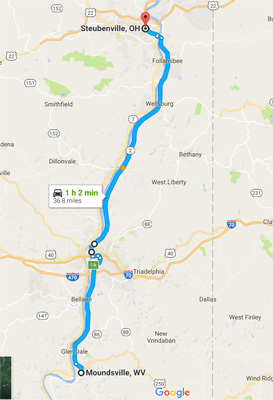
 Daylight Saving Time Ends on Sunday and our clocks will need to be set back 1 hour.
Daylight Saving Time Ends on Sunday and our clocks will need to be set back 1 hour.
Daylight-savings time is the advancing of the clock, usually in summer time, one hour ahead of the local standard time in order to increase the hours of daylight available at the end of the day.
 FUN FACT¹: In the 1950s and 1960s, after World War II, there was no national law about daylight saving time. So any city or town could decide to have daylight saving time, and also could decide on its own when to start it and when to end it. So as daylightsaving time became popular, you had the situation where one town wouldn’t have daylight saving time; the neighboring town would have daylight saving time. And the third neighboring town might have daylight saving time, but starting and ending at different dates than the second town. And one of the interesting things that happened at that time is there was a bus ride you could take on Route 2 from Moundsville, West Virginia, to Steubenville, Ohio.
FUN FACT¹: In the 1950s and 1960s, after World War II, there was no national law about daylight saving time. So any city or town could decide to have daylight saving time, and also could decide on its own when to start it and when to end it. So as daylightsaving time became popular, you had the situation where one town wouldn’t have daylight saving time; the neighboring town would have daylight saving time. And the third neighboring town might have daylight saving time, but starting and ending at different dates than the second town. And one of the interesting things that happened at that time is there was a bus ride you could take on Route 2 from Moundsville, West Virginia, to Steubenville, Ohio.
And the bus ride was only 35 miles but because of some towns along the way had daylight saving time and some didn’t, if you wanted to keep your watch correct during that 35-mile ride, would have to change the watch seven times.

